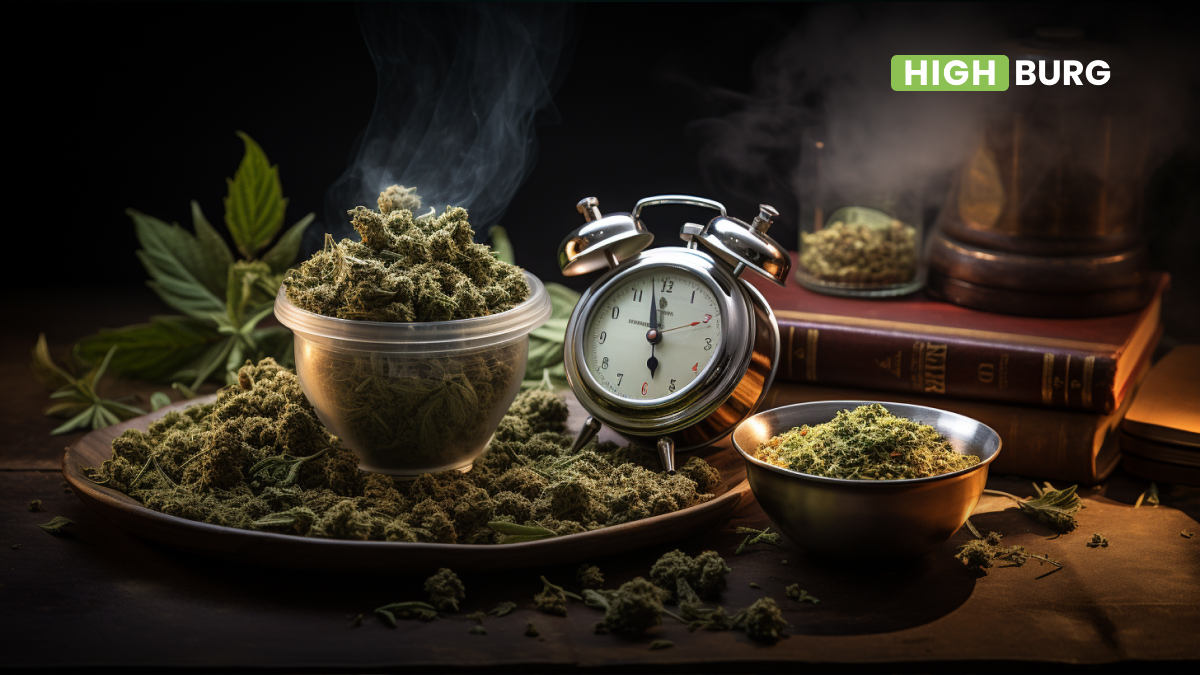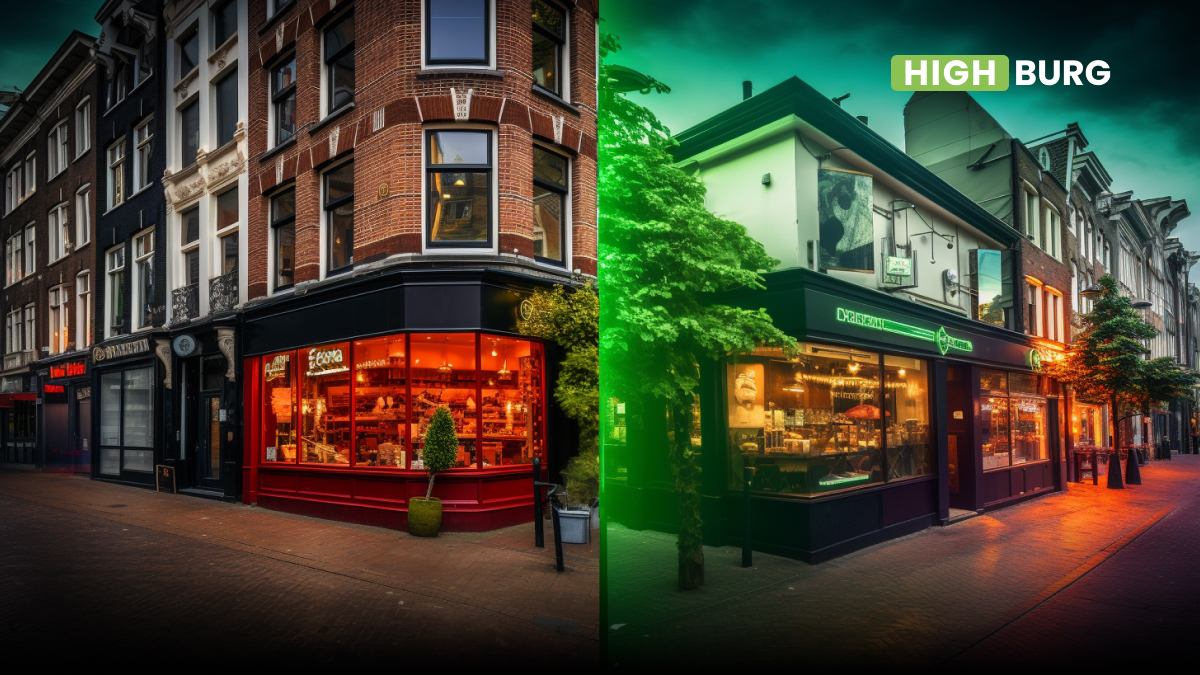For those that are unfamiliar with drug tests, it’s essentially the testing of your blood, urine, feces, and other biological material. These tests allow insight into whether or not you have been consuming drugs. For example, this is done a lot in the Olympics and other professional sporting competitions. Because illegal drugs tend to give participants an upper hand over the rest, the Olympic committees require athletes to be drug tested so they can ensure the playing field is equal. To put this into perspective just a tad more, we’ve put together a list of examples below. Drug testing may be required in all of these circumstances.
- Work-Related Drug Testing– Sometimes when you’re applying for a government job, or one where you need to be operating heavy machinery, you may be drug tested. Employers do this to ensure you aren’t taking something that could endanger their employees. Typically the jobs that require this type of testing are federal transportation jobs, pilots, airline professionals, truck drivers, bus drivers, hospital workers, and more. Basically, wherever the public or high ranking government officials may be affected, testing occurs.
- College/Professional Sports – As mentioned before, a lot of sporting institutions require athletes to be drug tested to ensure they’re not doing things like injecting themselves with steroids for muscle gain or doping to give themself an unfair advantage.
- Post-Incident Testing – This particular type of testing refers to testing those involved in some sort of incident. This is done to figure out whether or not the accident happened due to drug use altering decision-making skills.
- Active Drug Testing – Some employers will require their employees to do drug tests to ensure they’re not doing illegal drugs while on the job. This is often done as a safety measure, for if employees are high and operating heavy machinery injuries may occur. Drug testing like this also happens in order to increase worker productivity and deter potential drug abuse while on the job.
Is drug testing really something that needs to happen this often?
According to The Surgeon General, an American publication, drug, and alcohol abuse related issues cost three-quarters of a trillion dollars every year. This money covers things like criminal activity deterrents, safety-related issues, and productivity-related issues. As the effects on the economy continue to rise, so does the amount of drug tests done every year. In 2018, the United States saw drug testing on an upward curve, with a fourteen-year high. The statistics are from an analysis done by Quest Diagnostics back in 2019.
Quest Diagnostics determined that the rate of positivity (overall) had gone from 4.2% to 4.4%. An increase of 5% with numbers so high they hadn’t been seen since 2004. Approximately 9 million urine drug tests were analyzed. Quest Diagnostics has also discovered that opiate positivity rates have fallen 21% since 2017. The same cannot be said for marijuana however, for the US has seen a 7% increase. This shouldn’t necessarily come as a surprise since the drug has been legalized across approximately 30 American states (although not federally). Unfortunately, the results from post-incident testing have also increased by 8.4% (this refers to testing that happens after an accident to determine the cause).
When it comes to pre-employment testing, employers typically only look for drugs that can be abused. This is usually limited to a wide variety of prescription drugs, and alcohol. As for sports drug testing, the amount they test for is much more extensive. The World Anti-Doping Code Prohibited List covers the entire list. Here are the major ones: Alcohol, Diuretics, Anabolic Steroids, Erythropoietin, and human growth factors that are considered recombinant. The types of biological material that applicants may be required to give for a pre-employment drug test include saliva, sweat, urine, blood, or hair. Random drug testing may occur in various workplaces, however, most states have their own laws stating how and when this can occur. Typically positive drug tests are grounds for termination, but some employers do partner with employee-assistance programs in order to help sober them up.
What type of tests are typically done for drug testing?
Testing for drugs is a two-step process. Skipping a step will most likely give you a false positive or false negative. If you’re planning on conducting drug tests, make sure you do so by going to a certified laboratory with a good reputation among the medical community. The first step in the drug testing process is called the immunoassay test and the second is called the GC-MS test (gas chromatography-mass spectrometry test). In any credible laboratory, both tests will be done. Conducting both tests ensures that everything is accurate. The only time both tests are not conducted is when the first test (immunoassay) comes back negative. If the results are positive, the second test is always conducted to ensure it wasn’t a false positive. Most drug laboratories will not inform the employer of the initial positive without ensuring it wasn’t a false positive.
Why are urine samples typically given first?
Urine samples are typically given first because urine is the only saple that’s been approved for testing by multiple states and parts of federal law. Other samples can only be taken and tested in certain situations. Urine samples are very popular because they are good at detecting a lot of different drugs, and maintain their validity even after the symptoms of whatever drug the employee was one has worn off. Typically employers look for 5 to 10 drugs to test, and that’s fairly easy as urine samples can be used to detect a wide array of drugs. They include the following: Amphetamines, methamphetamines, barbiturates, marijuana, cocaine, benzodiazepines, MDA, MDMA, opiates such as oxycodone, codeine, morphine, as well as alcohol and nicotine.
How popular is saliva drug testing?
Testing saliva samples isn’t nearly as popular as urine testing, but you could say with certainty that it’s in second place. Saliva samples are great when trying to detect drug use, however, they don’t go as far back as urine samples (in this case saliva is only viable for seeing whether or not someone used drugs over a two day period).
If you’re a big boss and plan on getting your employees to submit to saliva drug testing, make sure they don’t eat or drink anything 10 to 15 minutes before you take the sample.
Although saliva is one of the best ways to get accurate results, the actual samples can be distorted fairly easily. Something as simple as chewing gum could provide you with false positives or negatives. The drugs you are able to detect using a saliva sample include the following: barbiturates, alcohol, ecstasy, THC, opiates, benzodiazepines, cocaine, amphetamines, methamphetamines, PCP, and more.
What about testing for drugs using blood samples?
Blood tests are used a lot in serious cases like post-incident testing. This is because it is incredibly difficult to tamper with the sample. Not only is it not possible to contaminate the source (your blood) with something, but you can’t contaminate the sample either for someone actually has to stick a needle in your employee’s arm and draw the blood out. It’s very invasive and is typically left for very serious situations. A lot of times blood testing is used for medical purposes.
What about testing for drugs using hair samples?
Testing hair for drugs allows you to figure out whether or not your employees have been using drugs for a period of time that’s typically up to 90 days. Using hair samples lets you test for cocaine, THC, opiates, methamphetamines, amphetamines, alcohol, and more. The amount you can test for is slightly lower than that of the other sample types, but considering you can test for usage over an incredibly large amount of time, it’s not that big of a deal.
What about employers using rapid tests?
Rapid tests, also known as instant tests, provide results in about 4 hours (so not so instant but good compared to other tests). Typically this test uses urine or saliva. Keep in mind that rapid tests will need a second test to confirm whether or not any positive results were just false positives. The confirmatory test (second test) will (on average) take about 3 days to get back to you. If you’re an employer, you cannot terminate an employee based on the results of an initial test. This will not stand up as cause as you did not perform a second test.
How does one go about doing a random drug test?
The process of undergoing a drug test is fairly simple. If you’re the employee, you can expect to be notified by your employer. Typically you’ll have 24 hours to take your sample and submit it to a specified lab for testing. The 24 hour time period is intent upon making it harder for you to let the drugs leave your system. Depending on the situation, you may actually get the sample at the actual laboratory rather than beforehand. This is where the employee phase of the entire process ends. From here on laboratory staff will test your sample.
To ensure that the sample isn’t contaminated, every person who handles the sample is documented as doing so. It’s nearly impossible to cheat that stage.
The laboratory will do both the initial and confirmatory test, and send the results back to you and your employer (in some situations they’ll only send the results back to your employer but this is very rare). Should you test positive for an illegal drug, your employer will be able to fire you with a cause. They may also opt to put into a mandatory employee-assistance program.
What is a 5-panel drug test?
A 5 Panel drug test refers to 5 drugs that you’ll be tested for. Basically the word panel refers to a drug, so 5 panels 5 drugs. The most common drugs that are included in a 5-panel drug test are marijuana, cocaine, PCP, opiates, and methamphetamines.
What is a 10-panel drug test?
A 10-panel drug test is essentially double a 5-panel drug test. Rather than testing for only 5 drugs, your employer will likely request that your sample be tested for 10. Sometimes this will require a larger sample size or multiple. The most common drugs tested for in a 10 Panel drug test are as follows: marijuana, cocaine, PCP, opiates, methamphetamines, barbiturates, MDMA, methadone, oxazepam, alprazolam.
Which companies do drug tests?
A few popular drug testing companies include Laboratory Corp of American Holdings, Question Diagnostics Inc. (as mentioned, this is the company that provided information as to the increases and decreases in positive tests), National Toxicology Labs, Inc., and Phamatech, Inc. For more information on which companies do drug tests across North America, please refer to SAMHSA.gov.
How long do drugs get detected by a drug test?
Unfortunately, there isn’t a simple answer to this question. The amount of time a drug takes to leave your system depends on a variety of important factors. First of all, the half-life of the drug is the first thing you’ll need to account for. Every drug is different. Secondly, the fluid balance of whoever has the drug in their system, as well as just how hydrated they are plays a huge role. The last two major factors are just how often the drug is used, and how the drug is actually administered. For example, snorting a drug versus injecting it will provide you with different time frames.
On average, drugs take about 2 to 4 days to leave your system.
However, there are a few outliers like marijuana (when used excessively). If you use a lot of marijuana, it can stay in your system for up to 4 or 5 weeks. Diazepam is another example of a drug that may remain in your system for weeks after use.
Below you’ll find a variety of information pertaining to the drugs that are searched for in drug tests most.
- Amphetamine – This particular drug is a stimulant known on the street as “Speed”. Prescription/Brand names include Benzedrine and Dexedrine. Detection time for Amphetamines in a urine sample can be up to 2 days.
- Barbiturates <- This particular drug is depressant and/or a sedative with hypnotic effects. It’s known on the street as downers, reds, and bards. Prescription/Brand names include Amytal, Fiorinal, Nembutal, and Donna. Regarding detection time in urine, short-acting barbiturates are 2 days on average, while long-acting is up to 3 weeks on average (this number is based on the drug’s half-life).
- Benzodiazepines – This particular drug is in the same category as Barbiturates. It’s categorized as a depressant/sedative with hypnotic effects. It’s known on the street as bennies and is known by the following prescription/brand names: Valium, Ativan, Xanax, and Serax. Therapeutic doses can be detected up to 3 days after use, whereas with chronic doses, it can be detected up to 6 weeks after use.
- Cocaine – This particular drug is a stimulant, and is known on the street as either crack, coke, or rock cocaine. There are no brand names or prescription names, and it can be detected in your system up to 4 days after use.
- Codeine – This particular drug is an opiate, otherwise known as an analgesic. It has no known street names and no prescription or brand names whatsoever. It can be detected in your system for up to 2 days after use.
- Ethyl Alcohol – This particular drug is a depressant, sedative, and hypnotic. It’s most commonly known as alcohol or liquor and has no prescription or brand names. It can be detected in urine for up to 12 hours after use, and up to 12 hours in a serum/plasma sample.
- Heroin – Heroin is an opiate and is known on the street as smack, tar, and chasing the tiger. It has no prescription or brand names and can be detected in urine for up to 2 days after use.
- Marijuana – This particular drug is categorized as a hallucinogen, and is known on the street as weed and pot. Prescription names/brands for this drug are Marinol and sesame, and in the medical community, it is commonly referred to as medical cannabis or medical marijuana. Marijuana can be detected in a urine sample for up to 7 days after usage. However, if you use it a lot, it can be detected for months rather than days.
- Methadone – This particular drug is categorized as an opiate, and is known on the streets as the fizzies. The only prescription name it goes by is Dolophine, and it can be detected in your system up to 3 days after use.
- Methamphetamines (Meth) – This particular drug is categorized as a stimulant, and is known on the street as speed, crank, crystal, and ice. The only prescription name for methamphetamines is quaalude, and it should be noted that quaalude has been removed from US markets entirely. It can be found in your system up to 14 days after use.
- MDMA – This particular drug is categorized as a stimulant, and is known on the street as lover’s speed, XTC, ADAM, and ecstasy. It has no prescription/brand name, and it can be found in your system for up to 2 days after use.
- Morphine – This particular drug is classified as an opiate, and does not have any known street names. It does in fact have two prescriptions though, and they are as follows: Roxanol and Duramorph. Morphine can be found in your system up to 2 days after use.
- Phencyclidine – This particular drug is classified as a hallucinogen and is known on the street as PCP or Angel Dust. It has no prescription/brand names and can be found in your system up to 14 days after use. Chronic users may have the drug in their system for up to 30 days or more.
- Propoxyphene – This particular drug is classified as an opiate and has no street names. It does however have two prescription names, Darvocet and Darvon. Both have been removed entirely from US markets. This drug can be found in your system for up to 2 days after use.
Please keep in mind that all time frames regarding how long a drug may stay in your system are taking into account only perfect scenarios. Depending on a variety of factors (all of which we covered before this section), the time frames may change.
How long does it take for alcohol to not register in a urine sample?
When it comes to alcohol, urine samples can only be used to detect alcohol use up to 12 hours after consumption.
How long do drug test companies take to return results?
Typically drug tests conducted in the workplace will only take a few days. However, if your employer uses rapid testing, the time frame changes. Negative results will become clear within the first 24 hours. Should one of the employees receive a positive result, the sample is to be sent to a laboratory where it can undergo confirmatory testing to ensure the result wasn’t just a false positive? This second test may take a few days.
If you’re an employee and you get a negative result, the lab will contact your lawyer and provide them with the results. If your result is positive on the other hand, you’ll be the one they contact. The first thing they’ll do is attempt to figure out whether something is messing with the sample. For example, if you’re on prescription medication, a false positive may have been triggered. If you actually are on prescription medication, you’ll need proof that it’s really been prescribed. If you don’t have the original prescriptions or the receipts from said prescriptions, it’s important that you contact your doctor to obtain copies. At this point, you may be required to do another drug test. All of this dialogue and interaction will typically be done through a medical review officer.



